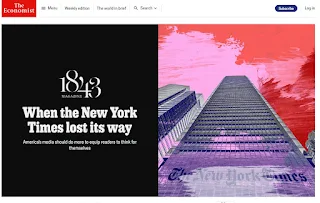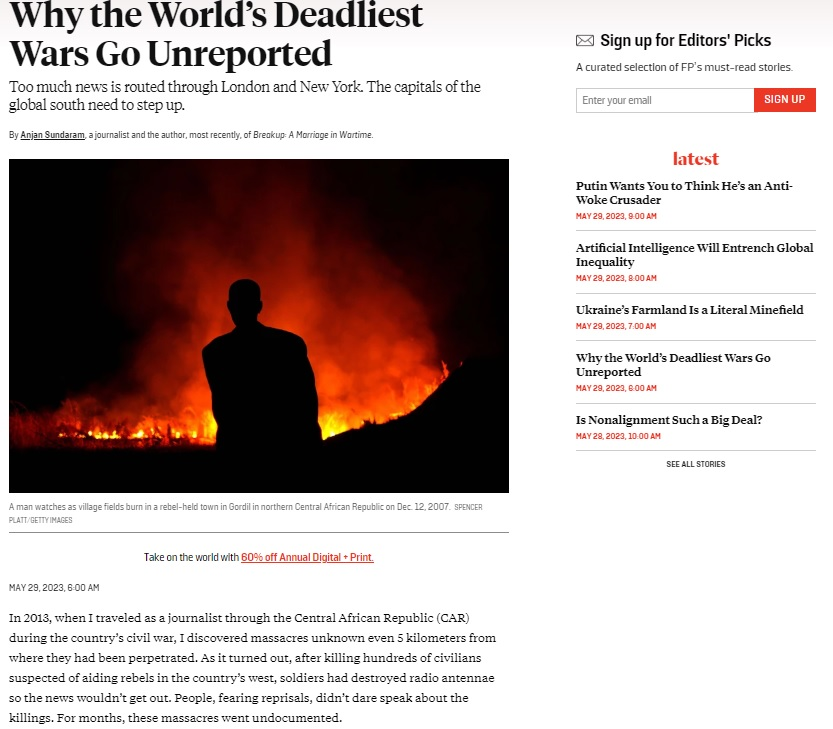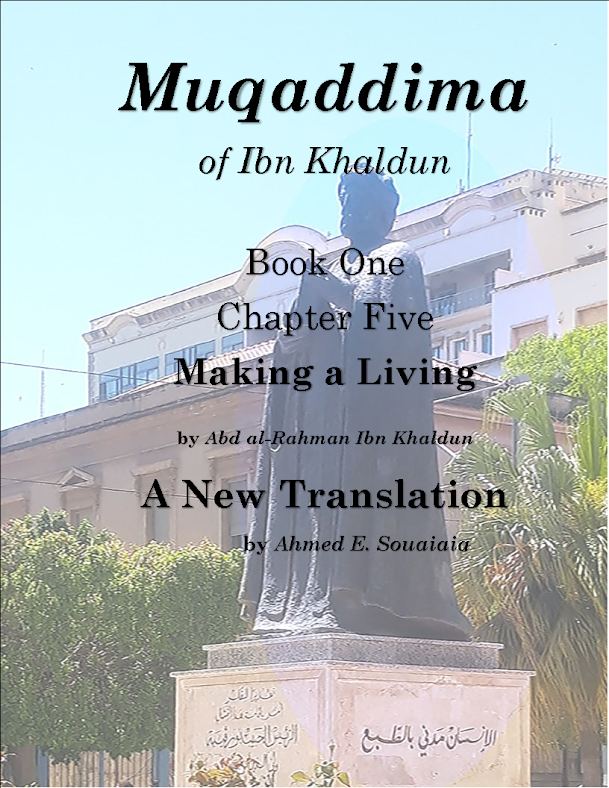
Media Review: Bearing False Witness--New York Times, Western Media
Journalism (mass communication) is the fourth branch of government. As to how much power this fourth branch of government has, that depends on the circumstances and events being covered. During war times, this fourth branch of government is as powerful as the armed forces, the most potent state instrument in the hand of the first branch of government. That is because a war cannot be won without a powerful narrative that justify it and motivate soldiers to fight in it.
In the wars involving majority-Muslim countries and when covering events involving Muslims in genral, Western media often skips the due diligence protocols and releases questionable stories as long as such stories fit the narrative needed for winning the war or not release critical information that may prevent winning the war.
After (and during) the US illegal invasion of Iraq in 2003, not only did the New York Times withheld information about the US torture programs for more than a year and half, but the paper methodically refused to use the word “torture” to describe the programs when writing about them as reported by Colin Kalmbachera in 2018. It was not until 2014 that the New York Times decided to “use the word “torture” to describe incidents in which we know for sure that interrogators inflicted pain on a prisoner in an effort to get information,” when ordered by NYT’s executive editor, Dean Baquet. The withholding of evidence of torture programs is likely to have continued longer if it were not for Wikileaks data dump that brought that information to the public. A person involved in Wikileaks, Julian Assange, is sought by the US government on espionage charges. In 2019, the UN Special Rapporteur on torture, Nils Melzer, stated that “while the US Government prosecutes Mr. Assange for publishing information about serious human rights violations, including torture and murder, the officials responsible for these crimes continue to enjoy impunity.”
During this ongoing war in Gaza, we are now learning that news stories that may have facilitated and justified the “plausible genocide” committed by the state of Israel, as found by the International Court of Justice in its provisional injunctions in the case brought by South Africa, these stories were fake stories, and many were based on secret government agents.
The New York Times is facing an ethical dilemma that was behind the launch of an internal investigation and review of the author of the article “Screams Without Words: How Hamas Used Sexual Violence as a Weapon on October 7,” which was published on December 28 by Israeli journalist Anat Schwartz. The investigation began after the newspaper found that Schwartz had liked posts on social media platforms calling on Israel to execute Palestinians and turn Gaza into a “slaughterhouse.”
Anat Schwartz wrote a total of seven articles for the New York Times, all of which except one, focus on the sexual violence against women angle that captured the mind of the Western public at the beginning of the war are what gave cover to the rage of the Israeli killing machine that has been going on for months. All seven stories are still published here, nytimes.com/by/anat-schwartz, as of this writing.
The “independent” Israeli journalist, who began working with the American newspaper after the operation of October 7, 2023, is being reviewed by the newspaper because she liked posts on social media that showed support for the genocide committed by Israeli forces, including posts that called for the transformation of Gaza to a “slaughterhouse” and promoting the lie of “40 headless children.” The New York Times’ social media policy prohibits its journalists from expressing partisan opinions or endorsing political views.
During her work at the newspaper, Schwartz’s reporting focused on highlighting “Israel” as a victim, especially writing fabrications about sexual violence that she claims was committed by Palestinians. It also supported publications that said
Westerners should be “afraid” and should believe that “Hamas” is like ISIS. Schwartz’s work has faced internal criticism, leading to the removal of an episode of The Daily podcast related to the original story. Schwartz quickly deactivated her account on the X platform for a short period to remove the posts she liked after users noticed them. But the matter had already turned into a scandal and the newspaper’s management was forced to take action.
Anat Schwartz was not a reporter or journalist before last October 7. She is a filmmaker who was suddenly hired by the New York Times last October. More evidence has emerged online that Schwartz also served in Israeli military intelligence. Her assistant in writing two of the articles was her nephew, Adam Sella. As the scandal escalated, one of the main media outlets in Israel, Ynet, wrote about Anat Schwartz, quoting Israeli sources who feared that the New York Times’ move against Schwartz would affect the Israeli narrative, and that the Israeli government was pressuring the American newspaper to conceal these facts.
The first person to discover that Schwartz liked racist posts calling for the extermination of the people of Gaza was an account on the X platform called zei_squirrel on the 24th of February. Then, the Internet began investigating Schwartz’s background and searching for any of her digital traces on the web. It was revealed that she has been working at the “Israeli Public Broadcasting Corporation” since 2021, and continued her work while writing the fabrications published by the New York Times. This means that the New York Times was aware of all these matters, but decided to rely on a film director, and a former soldier in Israeli intelligence, to write propaganda content that the paper published as reliable, vetted information.
Now, the New York Times is claiming that it is investigating Schwartz, not for the content it published, but for violating the newspaper’s rules regarding how to appear on social media platforms.
The bias does not stop there. Western media was fully saturated with news stories after the Israeli government presented a made-for-drama show about the sexual violence allegedly committed by Hamas. The New York Times alone published six stories on the matter by the same individual reporter. However, when two independent UN bodies produced evidence documenting sexual violence committed against Palestinian women and girls at the hands of Israeli officers, Western media ignores it or provide little coverage of it. The complicity of Western media in genocide, war crimes, and crimes against humanity is what enables these crimes to continue to happen. Importantly, the prominent media outlets’ biased coverage provides the first draft of history, and often the final draft of it.
Adapted from The Way Western Media Whitewashes Illegal Invasions And Torture And Enables Genocide









































